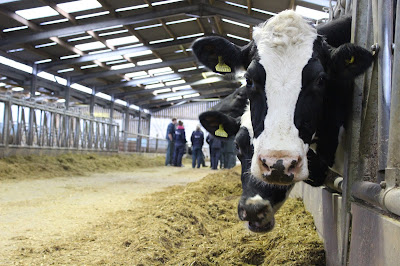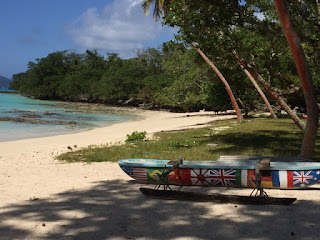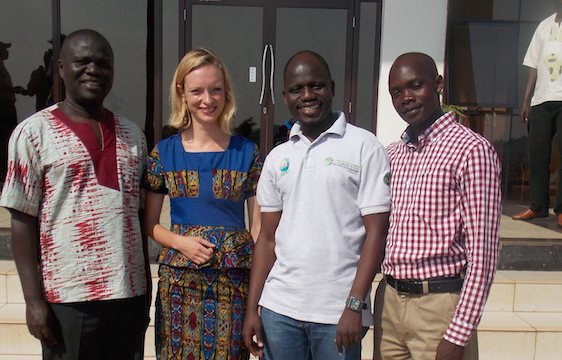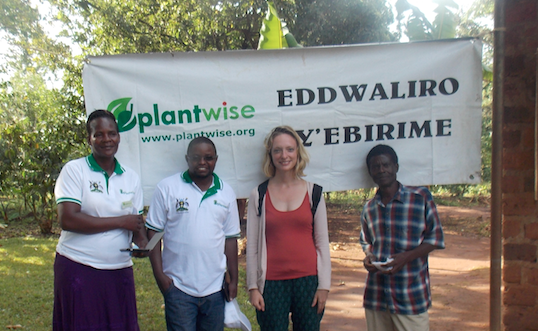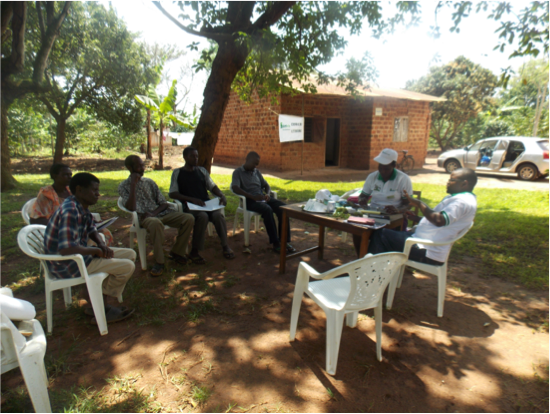 |
| Credit – Titan9389/Flickr.com (CC BY-ND 2.0) |
Virtually unknown a few years ago, the terms “post-fact” and “post-truth” have exploded onto the media scene in 2016, with thousands of articles around the globe expressing concern over the absence of a shared body of facts and evidence in public and political debate. This concern is buttressed by evidence that the public is misinformed about a range of issues, from vaccinations to climate change and the fabled Weapons of Mass Destruction in Iraq.
Politicians have always sought refuge in fantasy or subterfuge when confronted by uncomfortable facts. So why the sudden concern with the emergence of “post-truth” politics? Two factors can be identified that confirm that the landscape of public discourse has changed: first, the brazenness with which some politicians have unshackled themselves from the constraints of evidence and reality, and second, the public’s acquiescence with this flight into fantasy land.
These factors are particularly evident in two political contests that have dominated the UK and the U.S. in 2016; namely, the EU referendum and the American presidential election. In the U.S., the pronouncements of Republican candidate Donald Trump are demonstrably false around 70% of the time, according to the independent non-partisan fact-checking site Politifact. Only 4% of Trump’s statements were judged to be unambiguously true. In the UK, many claims of the Leave campaign in the lead-up to the referendum were likewise clearly false, from the claim that the UK transferred £340,000,000 per week to the EU, to the spectre of Turkey joining the EU and its citizens becoming eligible for residence in the UK.
 |
| “Vote Leave” poster, Market Street, Omagh. Credit – Kenneth Allen/Geograph.ie (CC BY-SA 2.0) |
Nonetheless, the Leave campaign brazenly continued to display their false figure on their campaign bus to the very end, only for Nigel Farage to admit their inaccuracy on TV within a few hours of the polls closing. And in defiance of all fact-checking, Donald Trump has thus far shown no inclination to let his campaign speeches be infiltrated by facts or evidence.
It is unsurprising that the Washington Post has wondered how democracy can survive if facts no longer matter.
Why do facts no longer matter to so many people? And if facts no longer matter, what does?
To answer those questions we must confront at least one myth surrounding the success of Brexit and the persistent popularity of Trump. In both cases, many commentators have argued that voters supported Brexit or Trump because they felt “disenfranchised” or were “left behind” by globalisation, or live on the “edges of the economy.”
It is true that some Trump supporters belong to that category, as did many Britons who voted to leave the E.U.
But by and large Trump supporters are not the wretched of the earth.
The median income of Trump supporters is around $10,000 higher than that of Clinton supporters. If only men voted, polls have suggested that Trump would win the election by a landslide. The “edges of the economy” do not encompass the majority of American men. And although Brexit found more support among low income earners than wealthier Britons, that effect was dwarfed by attitudinal variables such as support for the death penalty, strength of “English identity”, rejection of gay equality, and anti-immigration attitudes. Those same attitudes are also the strongest predictors of support for Trump among Republican voters in the U.S. Among those who believe that newcomers are threatening American values, Trump support is high, and it is low among those who believe that the U.S. is strengthened by immigration. Likewise, hostility towards women is one of the strongest predictors of support for Trump.
 |
| Donald Trump makes a campaign stop at Muscatine, Iowa, January 2016. Credit – Evan Guest/Wikimedia Commons (CC BY 2.0) |
Trump and Brexit are phenomena that have tapped into people’s deeply-held attitudes. The EU referendum ultimately was a contest between the voices of diversity and tolerance on the one hand, and nationalism and exclusion on the other, rather than a competition between different economic visions for the future.
Trump and Brexit are about emotions, not the economics of the moment. It is how people feel about themselves and others.
And emotions operate to a logic that is largely independent of facts and evidence.
But that does not mean those emotions are illogical or erupt on their own, like some sociological volcano, without any possibility of guidance or control. Far from it. Hatred of Muslims or immigrants, misogyny, and ethnic supremacism do not erupt, they are stoked.
We now know from painstakingly detailed research that the “Tea Party” in the U.S. was not a spontaneous manifestation of “grassroots” opposition to President Obama’s healthcare initiative but the result of long-standing design efforts by Libertarian “think tanks” and political operatives pursuing an anti-regulatory agenda. Donald Trump did not come out of nowhere but learned his trade from Sen. Joe McCarthy’s chief counsel who was the brains behind the paranoid hunt for communist infiltrators in the 1950s.
Likewise, the negative attitudes towards the E.U. in England did not spontaneously emerge but were shaped by decades of mendacious tabloid coverage that immersed the public in industrial-strength misinformation about the E.U. The anti-immigration attitudes that are particularly rampant in regions devoid of immigrants did not grow naturally but were stoked by relentless media spin.
 |
| Daily Mail newspaper, 23 August 2006. The headline was repeated in August 2015. Credit – Gideon/Flickr.com |
If Brexit and Trump are driven by emotion and attitudes, fuelled by misinformation and demagoguery, rather than (just) economic concerns, what does this portend for the future?
The developments in the UK during the last few months offer a glimpse of how a public decision driven by such emotions can turn into actual or proposed policy. In the few months since pro-Remain MP Jo Cox was assassinated by a man calling himself “death to traitors, freedom for Britain”:
This selection is neither exhaustive nor necessarily representative, as there may be many policy proposals and actions that escape public notice because they are less controversial. Nonetheless, those actions do not reveal an attitude that considers the French or German people as neighbouring vintners whom we might visit for anything from a short holiday to a gap year or indeed retirement. Those actions do not consider the Belgian people as friendly neighbours who like their beer cooler and stronger and their chocolate particularly exquisite. Those actions fail to remember that the EU won the Nobel Peace Prize in 2012 for transforming Europe from a continent of war to a continent of peace.
Those actions also fail to mesh with the feelings of the European people who lit up their landmarks—from the Eiffel Tower to the Ponte Vecchio—in Union Jack colours on the evening of the referendum in a gesture of appreciation of the UK’s membership in the E.U.
Front page of the Algemeen Dagblad, Dutch newspaper, 15th June 2016. The paper issued an open letter in English titled “please don’t leave us”.
It remains to be seen how those initial actions and proposals will translate into long-term policy, but they do not augur well for a future climate of tolerance and diversity in the UK and towards its closest neighbours. Similarly, if Donald Trump wins the presidency, it is difficult to be optimistic about the prospects for tolerance and continued protection of civil rights in America.
How can we move on from here?
This is a political question that can only be resolved by political means. To have any chance of success, those political efforts must be based on a realistic assessment of the current situation. Two factors in particular deserve to be recognised:
First, the xenophobia of Trump and the anti-immigrant slant of the Leave campaign are not coincidental features of campaigns that are pursuing some other substantive agenda. On the contrary, it is difficult to escape the conclusion that xenophobia and white nativist supremacy are the agenda.
Second, the contemporary Republican Party and its British counterpart have very little in common with the parties that each used to be. The British Tory party was instrumental in drafting the European Convention on Human Rights in the 1950s and Winston Churchill was one of its ardent supporters. The contemporary Tory party is now committed to withdrawing from it, to the alarm of human rights organisations.
 |
| Sir David Maxwell Fyfe, the Earl of Kilmuir, in 1954. British Conservative politician, lawyer and judge who was instrumental in drafting the European Convention on Human Rights. Credit Elliott &Fry/Wikimedia Commons (Public Domain) |


















